We may earn money or products from the companies mentioned in this post. This means if you click on the link and purchase the item, I will receive a small commission at no extra cost to you ... you're just helping re-supply our family's travel fund.

America’s great Main Streets do not just look timeless; they are officially recognized on the National Register of Historic Places, the federal list maintained by the National Park Service that honors places of enduring significance. Here are ten standout corridors, from New England greens to canal towns and river cities, chosen for integrity, architecture, and stories that still live in their storefronts, with listing details woven in for clarity and trust.
Stockbridge, Massachusetts
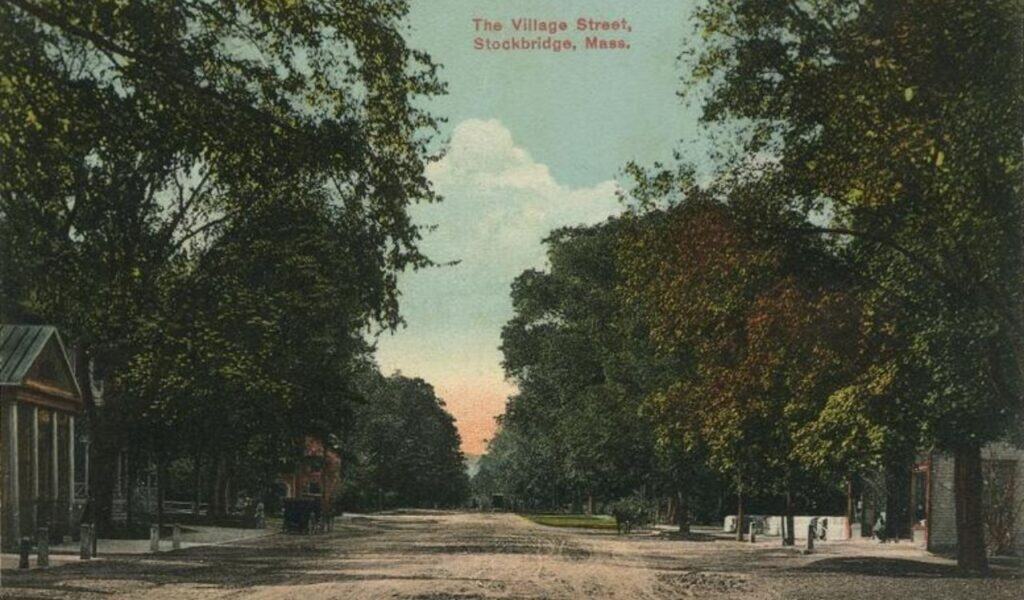
Stockbridge’s Main Street captures the archetype of the New England village, an ensemble so evocative it inspired Norman Rockwell’s paintings; the district was listed in 2002 (Ref. 01001466). Broad lawns, elm lined vistas, and cohesive 18th to 19th century architecture create a civic stage where church spires and inns harmonize, offering a rare continuity of setting, materials, and memory in the Berkshires.
Roslyn, New York
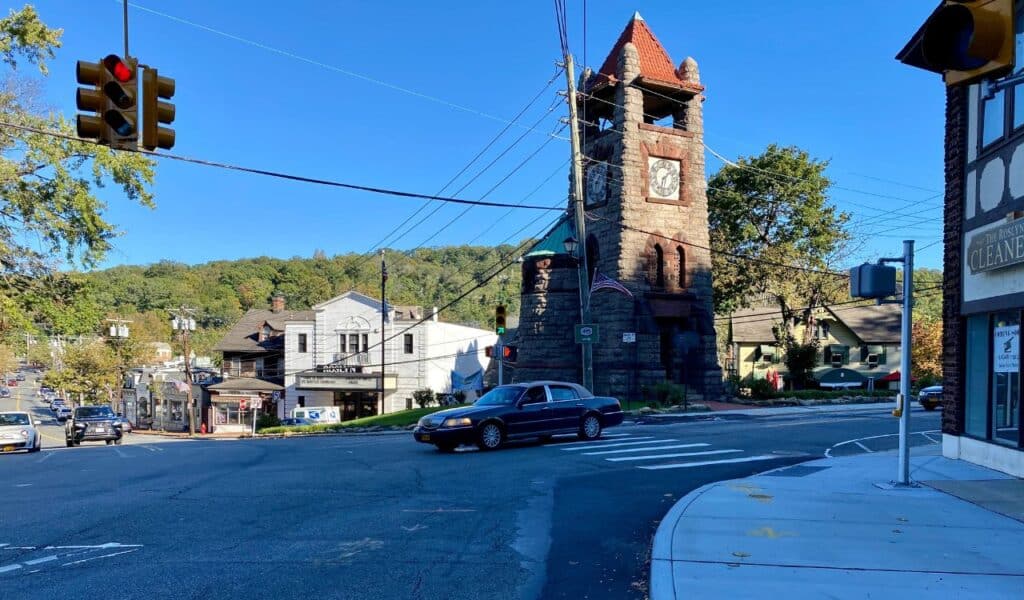
Roslyn’s Main Street preserves a serene run of Federal and Greek Revival houses, its integrity strengthened by topography and separation from heavier development since its 1974 NRHP listing. The district shows how residential Main Streets can anchor heritage tourism while keeping a lived in authenticity, with front porches, side hall plans, and period trim remaining legible and intact.
Brockport, New York
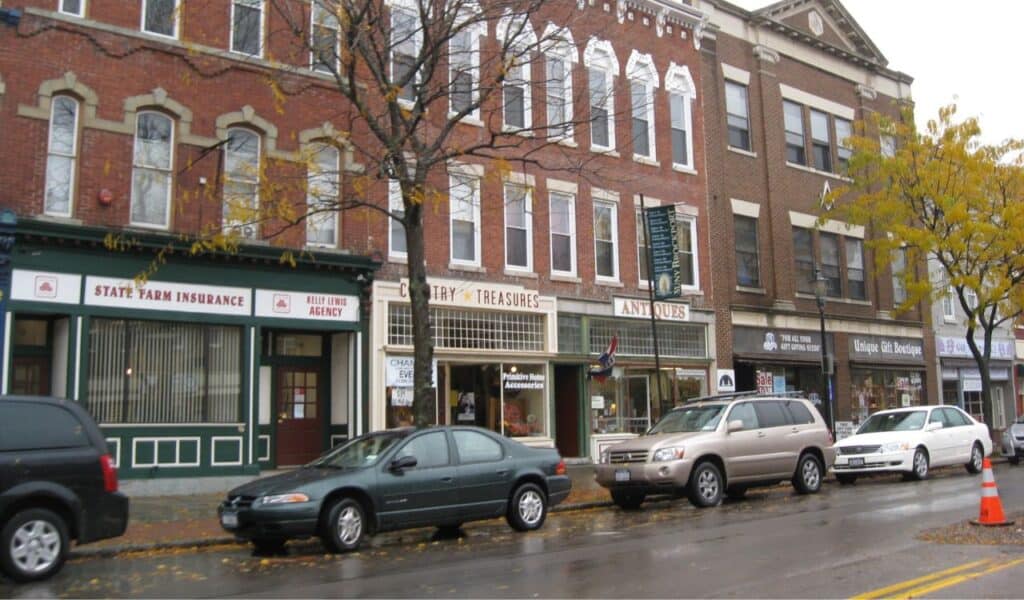
Anchored by canal era storefronts, Brockport’s Main Street distills 19th century mercantile ambition into a compact corridor of Greek Revival and Late Victorian façades, listed on the NRHP in 2004 (Ref. 04000227). Its walkable scale and continuous rooflines echo the Erie Canal’s heyday, when commerce and craft shaped every brick and cornice, preserving a living cross section of upstate prosperity.
Old Main Street, Dubuque, Iowa
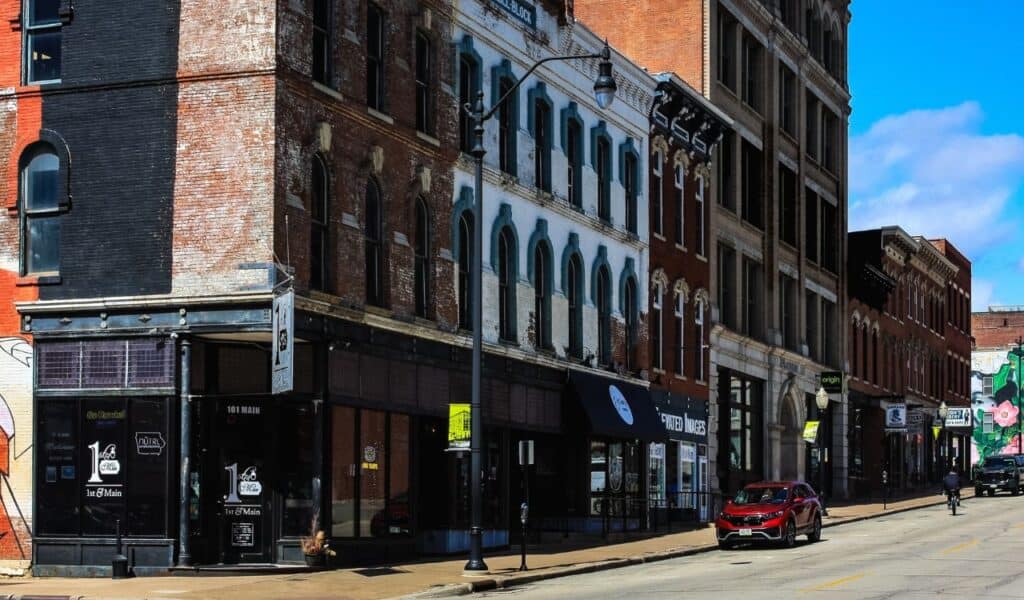
Dubuque’s Old Main Street climbs from the Mississippi in rows of brick commercial blocks, a river city streetscape listed in 1983 and expanded in 2015 to capture its evolving edge. Cast iron fronts and Italianate cornices reflect steamboat commerce and immigrant enterprise, while ongoing rehabilitation shows how heritage and adaptive use can keep a waterfront downtown vibrant.
Danbury, Connecticut
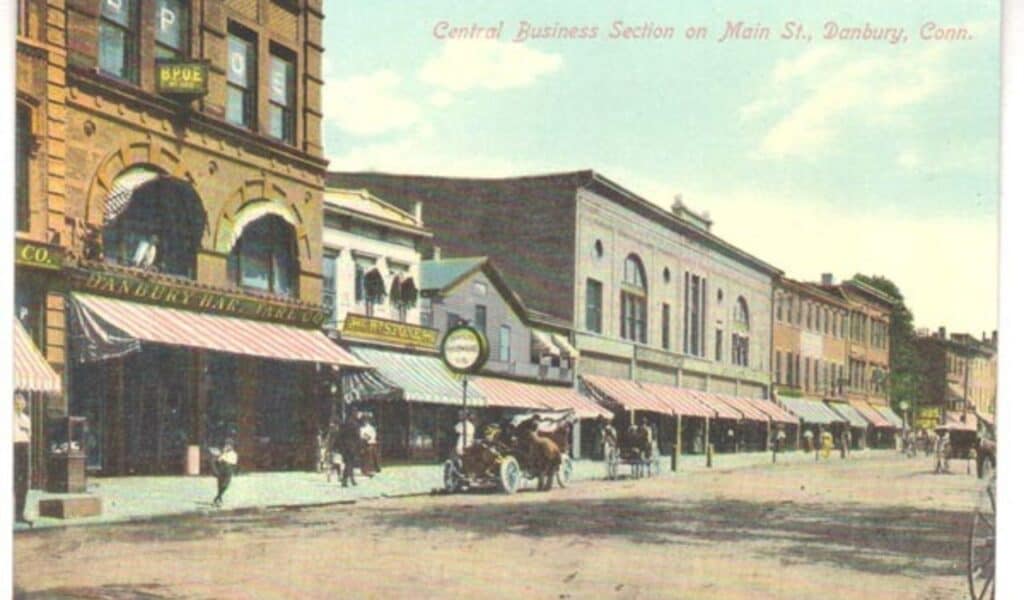
Danbury’s Main Street district reads like a time capsule, weaving civic, religious, and commercial architecture from the late 18th through early 20th centuries into a clear downtown spine. The nomination documents a high count of contributing resources and a defined period of significance, underscoring how disciplined boundaries protect integrity even as the modern city grows.
Middletown, Connecticut
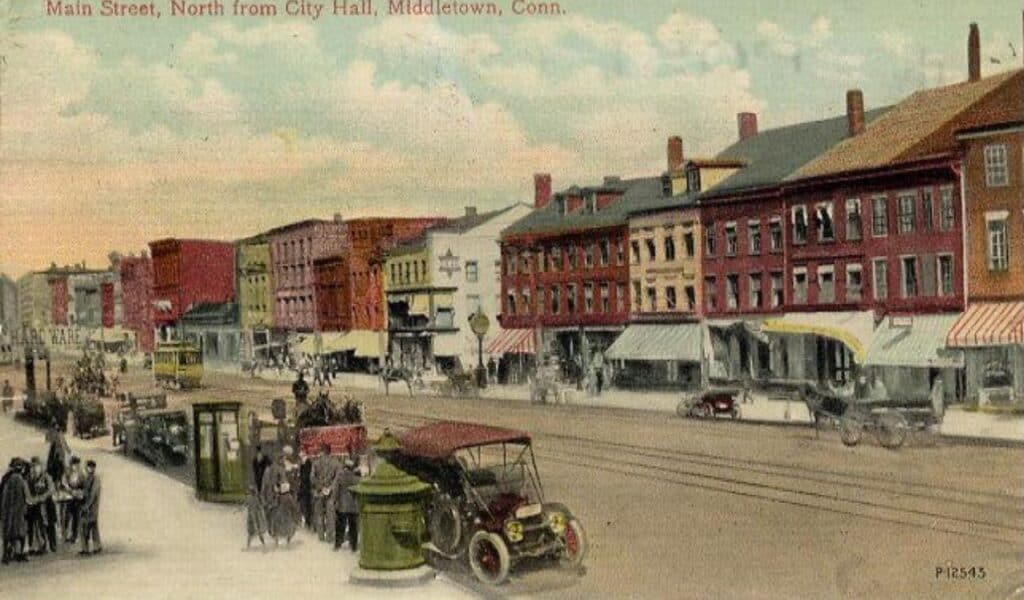
Middletown’s broad Main Street projects river city confidence, with bank blocks, institutional landmarks, and commercial rows aligned within mapped limits to exclude later intrusions. The nomination emphasizes integrity and streetscape cohesion, illustrating how careful boundary design supports preservation outcomes and sustained economic life on a historic central business axis.
Manchester, Connecticut
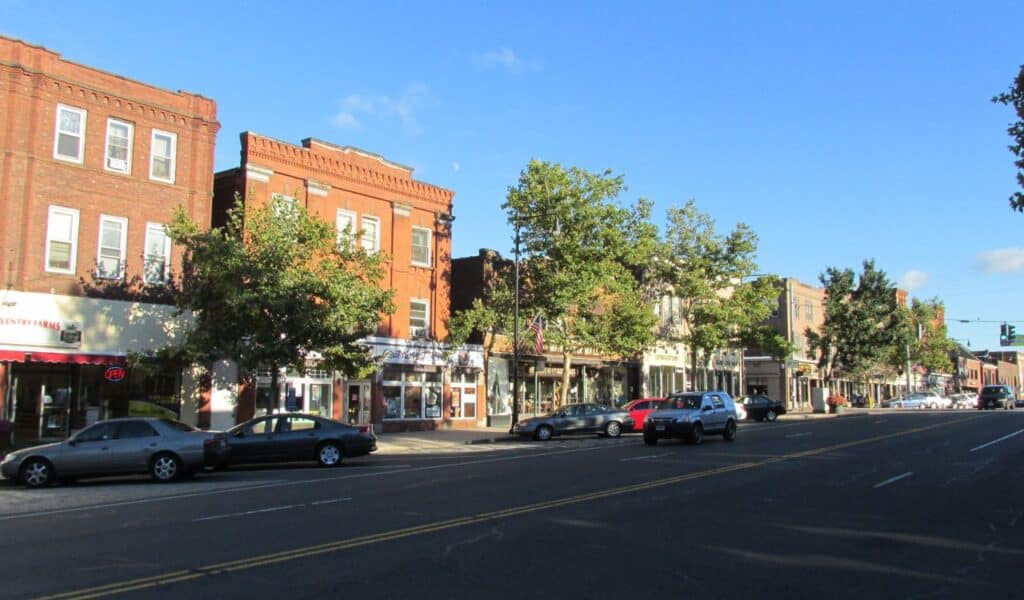
Manchester’s Main Street pairs early 20th century commercial massing with pronounced Colonial Revival tones, forming a civic heart where storefronts and public buildings still choreograph daily life. Its documentation details contributing inventories and architectural character, making the corridor a model for how cohesive design language elevates a town center’s identity and longevity.
Rockland, Maine
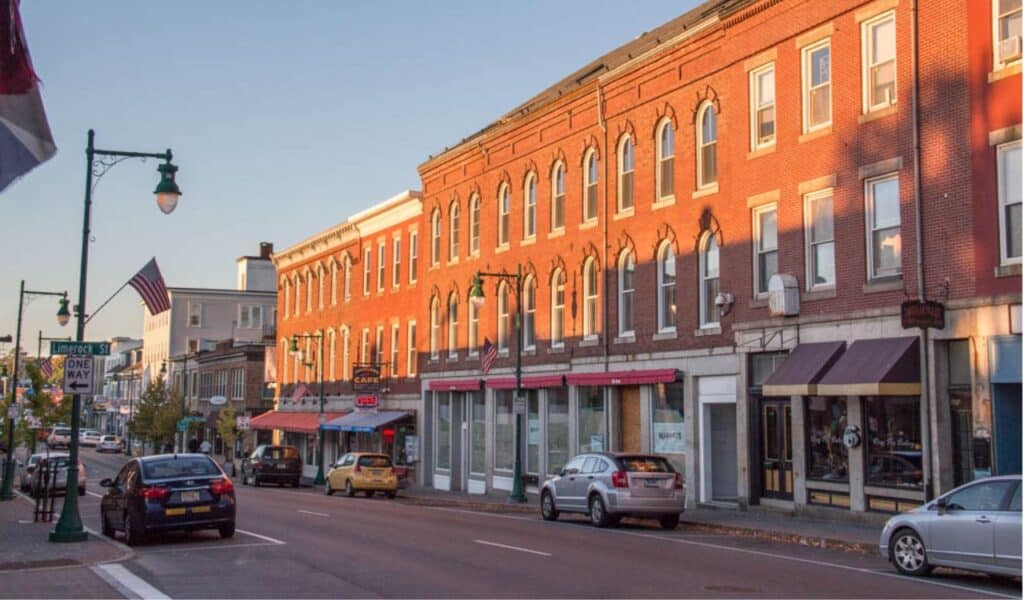
Rockland’s coastal Main Street blends maritime industry with small city arts, its storefronts reflecting shipbuilding wealth and a renewed cultural economy. Recognized among NRHP listed Main Street districts, it shows how working waterfront DNA translates into durable architecture, with brick and granite carrying gusts of salt air and the steady rhythm of harbor life.
Park City, Utah
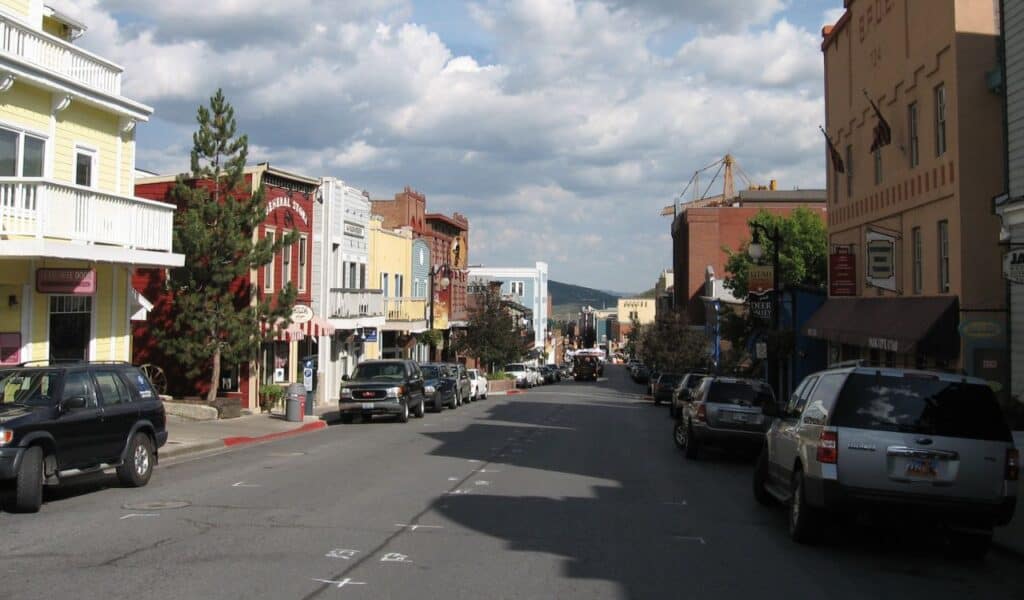
Park City’s Main Street Historic District turns a former silver mining boomtown into a walkable gallery of late 19th and early 20th century commercial forms, from Italianate parapets to false fronts adapted for mountain winters. Its NRHP listing, updated through boundary changes, captures how tourism, film, and adaptive reuse revived a high elevation main street without losing its mining camp silhouette.
St. Helena, California
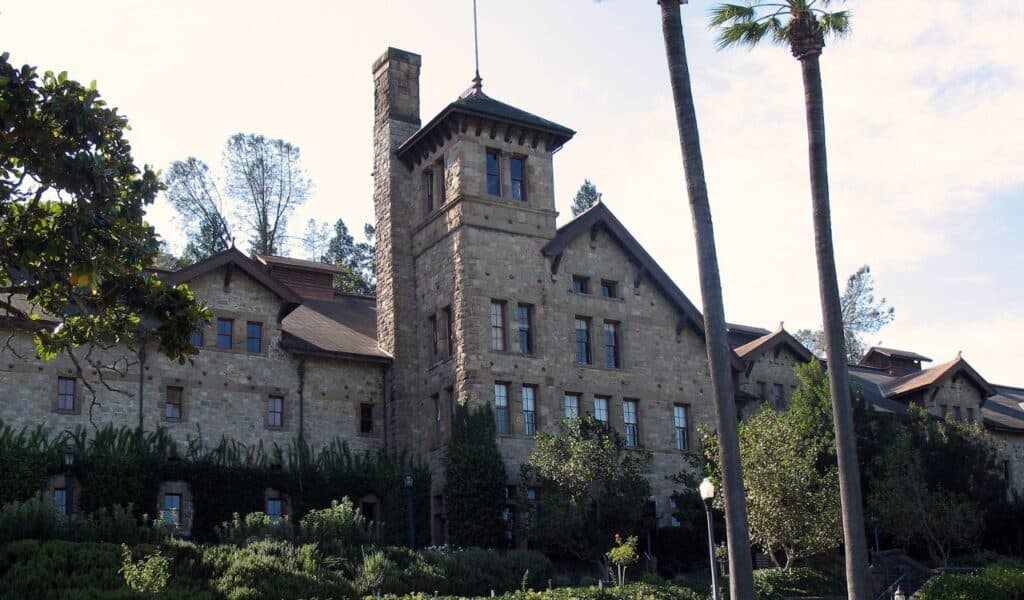
In Napa Valley, St. Helena’s historic commercial district centers on Main Street, where native stone and brick storefronts, electroliers from 1914, and low, two story massing preserve a postwar small town rhythm. Approved for the National Register in 1998, the district’s high share of contributing buildings and cohesive streetwall show how wine country commerce can flourish within a protected historic core.